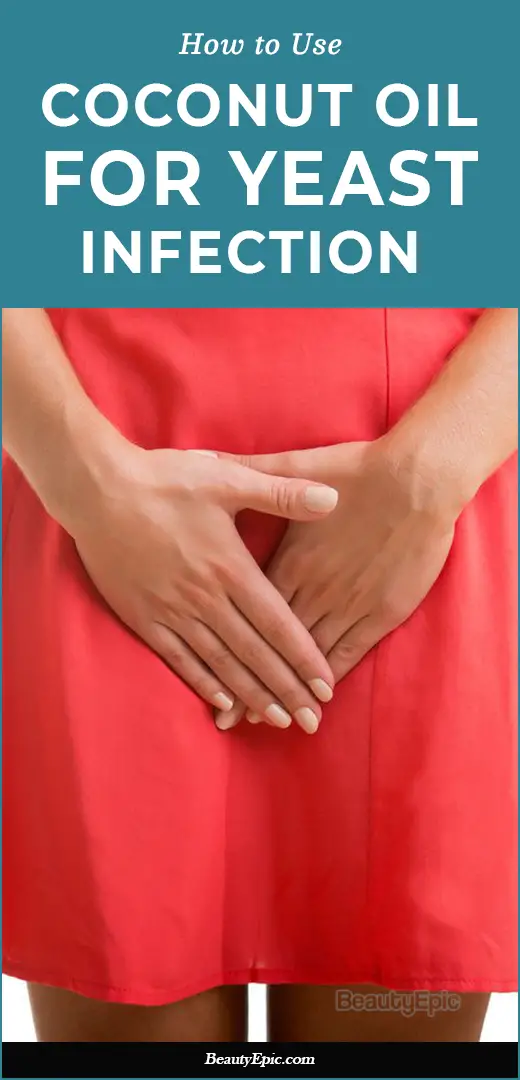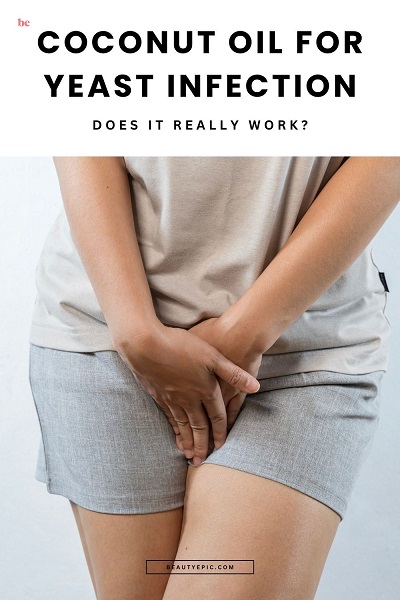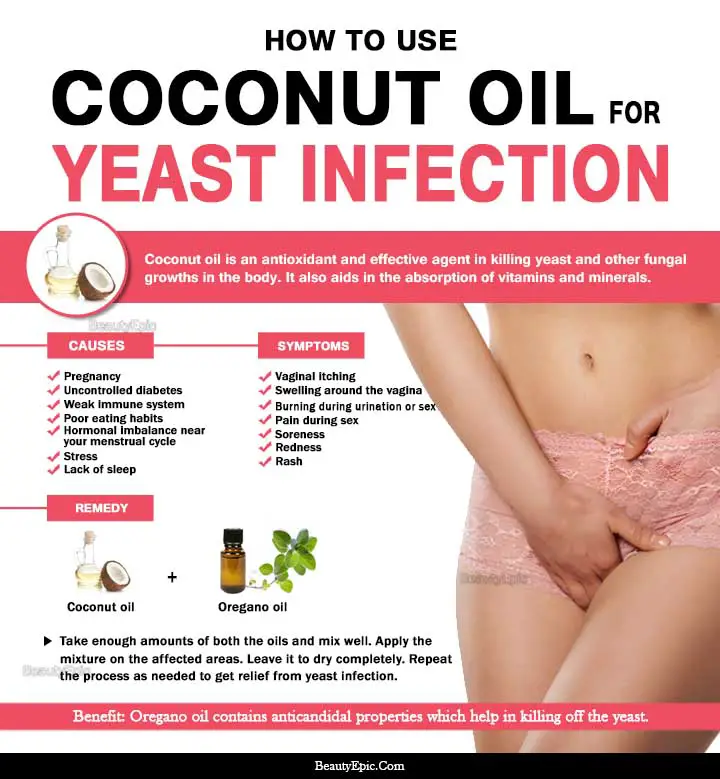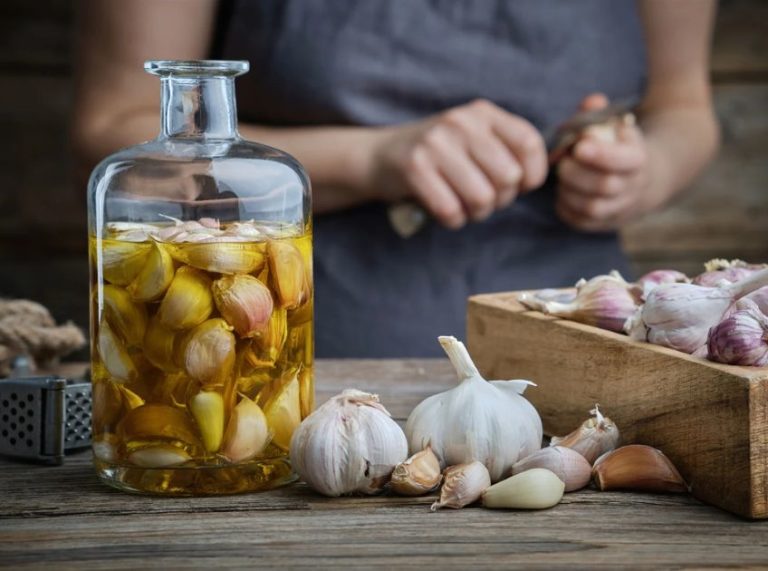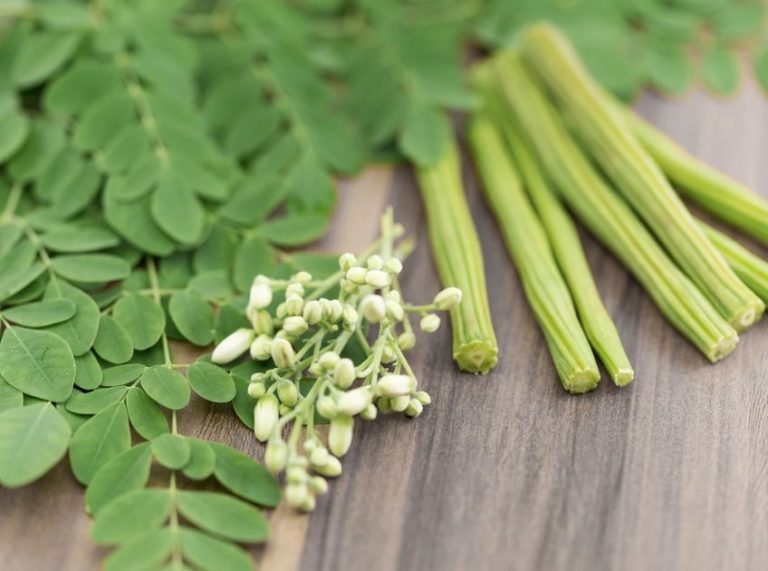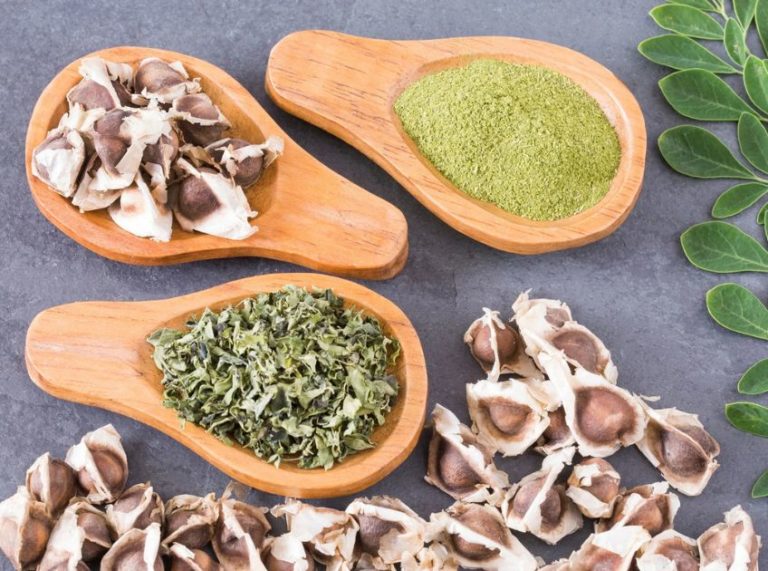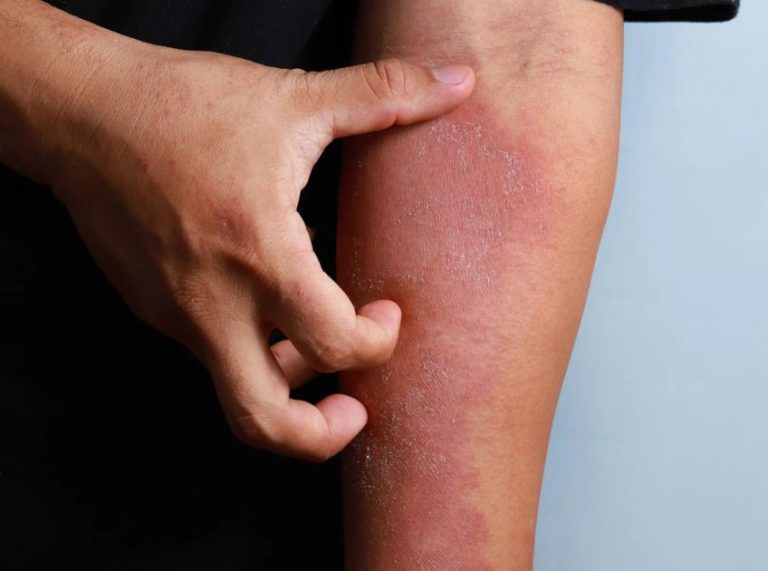
Important: This article is for informational purposes only. Please read our full disclaimer for more details.
Yeast infections are mostly caused in the female genitalia area due to increase in the Candida Albicans, which is otherwise present in small amounts in the female genitalia. A healthy female genitalia has a number of bacterias, a small number of yeast cells. Changes in the balance of these organisms lead to growth of yeast infections. Apart from antibiotics, a number of homely remedies are effective in curing yeast infection. One of them is the use of coconut oil for yeast infection, which has been discussed here.
Is it Safe to Use Coconut Oil for Yeast Infection?
- Coconut has high content of lauric, capric and caprylic acid. These acids are antiviral, antifungal, and antibacterial in nature. It removes the harmful bacteria, keeping the friendly ones.
- The lauric acid strengthens body immune system, to help fight against yeast infection.
- Caprylic acid prevents the yeast population from multiplying by breaking down its cell membrane.
- Coconut oil is effective in killing fungal growths and increases the absorption of vitamins and minerals.(1)
How to Use Coconut Oil for Yeast Infection
1. Coconut Oil for Yeast Infection
Ingredients:
- Extra virgin coconut oil two to three table spoons.
How to apply:
- Clean the yeast affected area and pat it dry. If it is a sensitive area then use a hair drier.
- Apply a thin layer of coconut oil on the infected area.
- Repeat this process thrice a day until the infection is cured.
- If the yeast infection is in the mouth then melt two table spoons of the oil.
- Once it comes to a reasonable temperature swish it in your mouth for ten seconds and spit it out.
- Do not eat or drink anything for the next 30 minutes.(2)
Repetitions: Repeat this process thrice a day until the infection is cured.
Benefit: Coconut oil is a potent anti fungal and treats yeast infection fast.
2. Oregano oil and Coconut oil for Yeast Infection
You’ll need:
- Oregano oil
- Coconut oil
Preparation time: 3 minutes.
How to do:
- Take equal amounts of oregano oil and coconut oil
- mix both the oils thoroughly
- Apply this resultant mixture on the effected area
- Wait for few minutes to dry completely.(3)
Best time to apply: before bath.
Repetitions: Repeat the above process daily till you’ll get relief from yeast infection.
How it works: The anti-candidal property of oregano oil will helps to get rid of the yeast. The anti-fungal property of coconut oil treats yeast infection fast.
3. Tea Tree Oil and Coconut Oil for Yeast Infection
Ingredients:
- Two table spoons of coconut oil.
- Three to four drops of tea tree oil.
How to apply:
- Gently heat the coconut oil and add the tea tree oil.
- Clean the infected area and pat it dry.
- Gently apply the mixture.
- Repeat the process thrice a day until the infection is healed.
- In case the infection is oral then swish the mixture in your mouth for 10 to 15 minutes and spit it out.
- Do not drink or eat anything for the next 30 minutes.
- Repeat three to four times a day until healed.
- You can also add a drop of the mixture in your regular tooth paste.(4)
Benefit: Tea tree oil contains terpinen-4-ol that kills the yeast causing fungus.
4. Garlic and Coconut Oil for Yeast Infection
Ingredients:
- Garlic oil 5 to 6 drops.
- 5 to 6 drops of vitamin E oil.
- 7 to 8 drops of coconut oil.
How to apply:
- Mix the three oils together in a bowl.
- Stir it well.
- Clean the yeast infected area
- Massage the oil mixture gently over the yeast infected area till the oil is absorbed.
- Leave it for 30 minutes.
- Wash the area with lukewarm water and pat it dry.
- Repeat twice regularly till infection is cleared.(5)
Benefit: Garlic is effective as it kills the yeast when it comes in contact with it.
5. Lavender and Coconut Oil for Yeast Infection
Ingredients:
- 2 tablespoons of extra virgin coconut oil
- 1 drop of tea tree oil
- 5 drops of lavender oil
How to apply:
- Mix the three oils thoroughly.
- Freeze the mixture.
- Clean the infected area.
- Gently apply the mixture and cover it with a soft piece of cloth.
- Repeat twice a day till infection is reduced.(6)
Benefit: Lavender kills the yeast causing Candida albicans and heals the body.
6. Apple Cider Vinegar and Coconut Oil for Yeast Infection
Ingredients:
- 2 table spoons of diluted apple cider vinegar. Ensure that it is well diluted.
- 1 tablespoon of extra virgin coconut oil.
How to apply:
- Thoroughly mix the 2 ingredients.
- Clean the yeast infected area.
- Apply the mixture over the infected area.
- Leave it for 15 minutes before washing it off.
- Repeat thrice daily till infection is cured.(7)
Benefit: The acidic nature of AVC kills the yeast infection.
How Long Does it Take for Coconut Oil to Cure a Yeast Infection?
The time period for cur varies with severity of infection and the punctuality of application.
Which Coconut Oil is Best for Yeast Infection?
It is preferable to use extra virgin coconut oil for external infection. For infections in the intestine, you have to consume it as oil or in tablets.
These are some of the home remedies that one can try to easily reduce the infection.
You Might Also Like:
- 5 Effective Home Remedies for Yeast Infections
- Yogurt for Yeast Infection: How Fast Does it Work?
- Can You Use Boric Acid for a Yeast Infection?
- How to Use Tea Tree Oil for Yeast Infections?
- Does Witch Hazel Helps Yeast Infection?
- Does Hydrogen Peroxide Kill Yeast Infection?
- How to Use Baking Soda for Yeast Infection?
- How to Treat Yeast Infection With Garlic?
- Does Apple Cider Vinegar for Candida Work? How to Use?
Image:- 1
